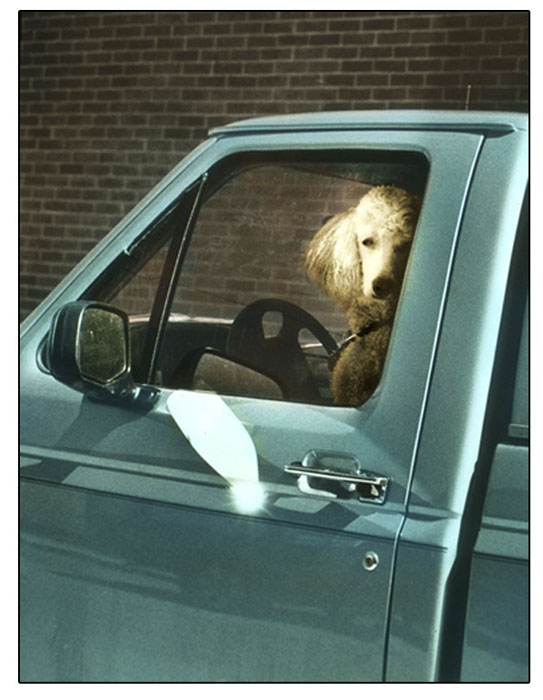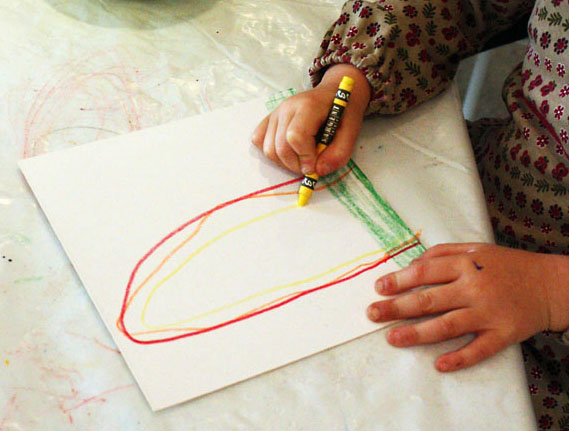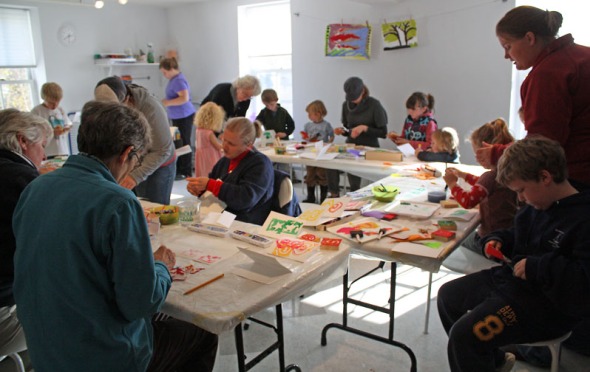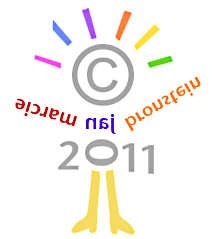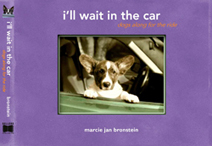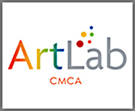new website, new Playground
Posted: 11/14/2011 Filed under: fotoplay, mixed media, photography, projects | Tags: fotoplay, mixed media, photography, vision 3 CommentsThis Playground is about to make a move! For the past week I’ve been completely immersed in the process of moving my site into another theme, which was, I must say a monumental task. By trial, ridiculous amounts of error, and hours spent in support forums with computer techies, I’ve learned so much about programming and site design. This really wasn’t my intention, but I think it may have been a happy accident. My new perspective on site design (from the inside out) combined with This Playground’s new look, has led to so many new ideas. Stay tuned! Coming soon!
a teen’s vision : filmmaker john loxterkamp
Posted: 11/11/2011 Filed under: art, artists, inspiration | Tags: artists, drawing, vision 5 Comments
For the past 16 years, I’ve lived with my family in a small town on the coast of Maine. Our community is filled with quirky, independent-minded, rather remarkable people, and my son (now 18 years old) is lucky to have grown up here, with these folks and their children as an extended family. One of those children is now also a high school senior, preparing to move to college, and out into the world. I’d like to introduce you to John Loxterkamp, who, as you will soon see, has a unique sense of visual style and wit, and a sophisticated ear for editing. What are the origins of John’s artistic vision? How did his early drawing skills inform his current work with video and typography?
When John was an eight year old child, I was struck by his highly stylized drawings. As I’ve written before, all children make remarkable things, and many make remarkable drawings. But there are children who are working at another level that really takes your breath away. Perhaps the most striking aspect of John’s work was his way of creating a sense of the passage of time… a rendering of cause and effect. This is no small thing, especially in a child’s work:
At some point, around the age of nine, John turned to video. He and my son made and edited movies for hours and hours, animating many an inanimate object:
From that point on, John made film after film, and at a certain point, his sensitivity as an editor and his innovative use of graphics came to the fore. The lyric video below was created by him this summer. Enjoy this excellent creation, and read through to the bottom of the post for my interview with John Loxterkamp.
Your drawings were always distinctive. Have you drawn continuously since you were a child, or have there been times when you’ve taken a break?
I’ve been drawing for as long as I can remember, and there have been slow periods where I haven’t drawn as much or as frequently, but I can’t remember ever taking a break from it completely.
What do you love about the video/film medium?
What I love most about film as a medium is that it allows one to tell a story with unlimited methods of doing so, through shots, scores, how the video is edited, etc. I also love the problem-solving aspect of film making. Throughout my history of videography, there’s always been a point during either production or post production where something doesn’t work, either continuity-wise or sound-wise or shot-wise. It is the duty of the filmmaker, especially one who is in charge of most of the aspects of production, to somehow solve or alleviate whatever problem it is. There are several ways of getting to a point where you’re satisfied with the final product and the imperfections are negligible. There’s no specific reason film is my medium of choice, except that I feel a strong passion for it and I am motivated to create short videos frequently, I do it for fun.
Tell us a bit about your Max video. What do you remember about the process of making of it?
Max, as far as I can remember, was a very short stop motion feature Noah and I made for fun; we always created when spending time together, and in this case we had a camera and a lot of time. Though the video was short, only about 6 seconds of stop motion total, I remember there was speculation about how many frames each picture we took should last on screen. At the time, I was all about the fluidity of motion and the final presentation, and suggested that if we made all of the pictures 3 frames long, the video would flow rather than assume a more choppy feel with the more standard 8-frames-per-photo look. It was also challenging to move everything in the shot around with relation to everything else, sometimes we would find ourselves confused as to what we had moved since the last frame and what we hadn’t. In the end, I’d say it was one of our more successful stop motion productions.
Which artists/filmmakers inspire you?
I’ve always been a fan of Wes Anderson. The way he sets up his shots as a Director is very unusual and captivating, and I’ve taken much from his use of lengthy still wide shots.
I know that you’ve found, through the internet, quite an extensive community of other teens making films. How do you think the immediate feedback (likes, repostings, votes) affects your work?
I really learn a lot from how others receive my work, and I learn to deal with the negative feedback I receive. I always pay attention to and encourage the posting of comments on my video because I really feel that constructive criticism from those who scrutinize my work will help me in the long run to improve my craft. I’ve learned some techniques from those making films around me, but I’ve never shaped a video of mine around a fellow content creator’s style.
Tell us about your fabulous Nashville Lyric Video.
Nashville was my first full lyric video, although I had been working with typography and music before. The main thing I learned from working on Nashville was how to budget my time and meet a deadline. Because the video was a commission, the artist’s manager gave me about a three-week period to complete the lyric video, and that turned out to be a very short amount of time. I was working 6 or 7 hours straight some weekends putting the video together, and I had to prioritize; I would stay in rather than hang out with my friends some nights, and I would close out all other distractions to get the project done. It was a learning experience, I’ve never had to do something so time-consuming and intensive.
What are you working on these days? Are you open to taking commissions?!
Right now I’m starting to get back into film, but I have one typography project I’m working on at the moment, which will probably take me about a month to complete. I am always open to commissions!
BRAVO JOHN!
i’ll wait in the car : free books for you
Posted: 11/09/2011 Filed under: art, books, photography, projects | Tags: books, hand-coloring, photography, vision 4 CommentsDo you like to read books? Do you like to look at hand-colored photographs? Are you crazy for dogs? Do you like to win things? Well guess what?

A few years ago, my collection of hand-colored photographs of dogs waiting in cars was published by Sellers Publishing. This was a project that all told, took ten years: From the first photograph created in 1996, that made me want to make more:
to years and years of lingering in parking lots with my camera, watching dogs in their unheralded role as guardians-of-the-vehicle
and eyes-to-the-horizon companions.
I’m giving away two signed books, and all you have to do is leave a comment. In a week, two readers will be selected and two copies of I’ll Wait in the Car will be shipped out into the world.
If you win, you can keep it on your nightstand, read it to your children, re-gift it for the upcoming holidays, or do what I did:
Cut up the pages and use them as an invitation for graffiti.
puzzles : deconstruction…reconstruction
Posted: 11/08/2011 Filed under: art education, projects Leave a commentOne of my favorite things to do with students is making puzzles. Not only are they designing their own game, but they are experiencing the process of creating something which is then deconstructed in order to be reconstructed. For this puzzle, I decided, for the first time with this group, to use watercolor resist. When I passed out the squares of 4 ply board, one child said, I’m going to make a rainbow. Without responding out loud, the other children immediately began drawing rainbows.
Watercolor resist was new for them, and they loved it. How can anyone not?
The child working on the painting below decided she was not quite happy with the dolphin she had drawn, so she got a new piece of board and created another painting. (Even though I thought the first one was fabulous, I didn’t say so. This young girl always has a strong sense of direction, and a clear vision for what she wants from her work.)
Below are the four completed paintings. (The painting in the lower right was completed by the girl in the photo above. She was pleased with her second attempt.) One by one, I sat with each child to cut up their board, counting the pieces as I cut, and making sure to vary the shapes.
In this photograph one of the children is nearly finished putting her puzzle together. This was not an easy process for her, but she did not give up. With a little help from the girl next to her, she managed to put it all together.
The puzzle below, with it’s repeated pattern of black marks, was very confusing. But when I asked the young artist to remember where she had painted the red circle (the sun), she was able to jump right in and complete it.
Each child was then given a clear plastic box (stacks of which I have from another project) to cover with Sharpie-drawn designs. The puzzle pieces were then easily stored in a custom-designed container. Who needs to buy puzzles?
stamped impressions
Posted: 11/07/2011 Filed under: art, inspiration, mixed media, workshops | Tags: collaboration, inspiration, mixed media, prompts, workshops Leave a commentSaturday’s Family ArtLab stamping workshop was not only almost standing room only, it was also jam-packed with one gorgeous art-making moment after another. Parents and children in the community created their own stamps, made prints on blank greeting cards, and then embellished the printed cards with watercolors, markers, and crayons.
I set out piles of small wooden blocks (thank you for the donation Viking Lumber!), sheets of adhesive foam, palettes, brushes, tempera, and stacks of blank greeting cards and envelopes. Then, working alone or together, children and their parents dove into their work.
Here is one of the many cards made by the father/daughter team above:
A young girl created this series of cards using a positive stamp (the primary shape) and a negative stamp (the piece of the foam from which the shape came).
Many people made positive and negative stamps and focused on composing their shapes on the card.
Others spent a great deal of time painting or drawing on the stamped images. Here is a dreamy card made by a young girl. She combined the two stamp impressions with beautiful blobs of watercolor.
In the background of the photograph below you see the making of that card… In the foreground there’s a red piece of foam, which I later found when I was cleaning up the room…
I took the piece of foam and made a stamp for myself.
And then I printed some cards and brought them home for my husband and son to complete:





